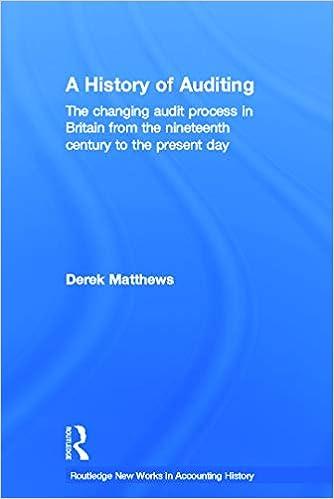Answered step by step
Verified Expert Solution
Question
1 Approved Answer
Here is the figure: Here is the link to the paper with the figure: https://www.cell.com/action/showPdf?pii=S1074-7613%2817%2930522-8 Analysis of transcriptomic data. Upon prolonged antigen stimulation, T-cells transition

Here is the figure:

Here is the link to the paper with the figure: https://www.cell.com/action/showPdf?pii=S1074-7613%2817%2930522-8
Analysis of transcriptomic data. Upon prolonged antigen stimulation, T-cells transition into an exhausted state, where they show reduced effector 1. functinsdiupted proliferation, and esionibiory receptors. n of inhibitory receptors Here, we will attempt to identify transcription factors that drive T-cell exhaustion from gene expression profiling data. Refer to the heat maps of differentially regulated genes in Fig. 1C of Man et al. 2017. Based on these heat maps, identify 3 potential transcriptional inhibitors of exhaustion and 3 potential transcriptional drivers of exhaustion. Do not list those already analyzed in the paper (Nfat1c, Batf, Irf4). State the criteria you used for identifying these potential regulators from this data. Consult the literature to help you answer this. a. b. The genes that you picked could either play causal roles in establishing the exhausted state, or could simply be differentially regulated in exhausted cells. How could you distinguish betweern these alternatives? State three potential ways. Pick a gene you identified above to be a potential regulator of exhaustion. Can you find evidence from the literature that can definitively establish whether this gene is a regulator of exhaustion or not? Include the citation, and describe the experiments that led the authors to this conclusion c. Analysis of transcriptomic data. Upon prolonged antigen stimulation, T-cells transition into an exhausted state, where they show reduced effector 1. functinsdiupted proliferation, and esionibiory receptors. n of inhibitory receptors Here, we will attempt to identify transcription factors that drive T-cell exhaustion from gene expression profiling data. Refer to the heat maps of differentially regulated genes in Fig. 1C of Man et al. 2017. Based on these heat maps, identify 3 potential transcriptional inhibitors of exhaustion and 3 potential transcriptional drivers of exhaustion. Do not list those already analyzed in the paper (Nfat1c, Batf, Irf4). State the criteria you used for identifying these potential regulators from this data. Consult the literature to help you answer this. a. b. The genes that you picked could either play causal roles in establishing the exhausted state, or could simply be differentially regulated in exhausted cells. How could you distinguish betweern these alternatives? State three potential ways. Pick a gene you identified above to be a potential regulator of exhaustion. Can you find evidence from the literature that can definitively establish whether this gene is a regulator of exhaustion or not? Include the citation, and describe the experiments that led the authors to this conclusion cStep by Step Solution
There are 3 Steps involved in it
Step: 1

Get Instant Access to Expert-Tailored Solutions
See step-by-step solutions with expert insights and AI powered tools for academic success
Step: 2

Step: 3

Ace Your Homework with AI
Get the answers you need in no time with our AI-driven, step-by-step assistance
Get Started


